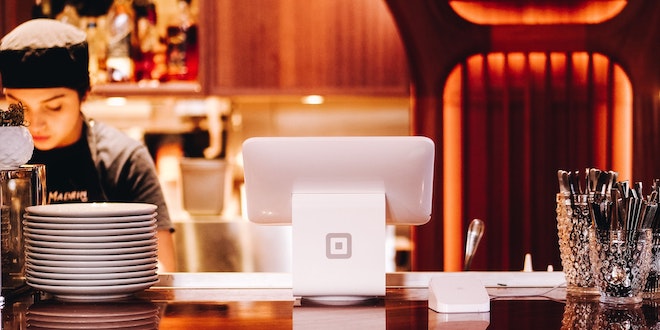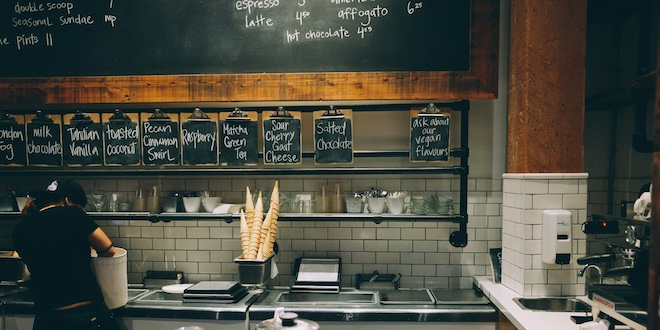Trends to Watch: The Future of Food and Beverage Distribution
Last Updated on September 26, 2023
The food and beverage industry is constantly exploring new avenues for products. It is outsourcing the technology to become better than ever before. Consumer preferences have largely affected food and beverage distribution in the last decade. That is where many food businesses are feeling the need to introduce innovations. Keeping up with the trends not only helps such businesses to gain more customers but also to be on a competitive edge over others. If you are a food and beverage distributor, you might be well-equipped with the idea of going with the trends.
Here we have come up with the food industry trends to watch in 2023 that will make your food business stay at the top. Let’s dive in.
Automation in manufacturing
You cannot deny that there is a labor shortage post-pandemic, which has affected the output of the food and beverage industry. There are multiple people and workers nowadays who are not in the hunt for lifelong employment. They want careers that align well with their values. Consequently, this has increased the pressure on the food industry to maintain the supply. That is why restaurants need to invest in modern technologies and understand the powerful benefits of food manufacturing software to reduce costs and improve efficiency as well as reduce mistakes overall. Other examples include investing in machine learning for image recognition to automate labor-intensive tasks like cutting, sorting, grading, and slicing. Automation in manufacturing is likely to become the trend for the food and beverage distribution industry in the coming times.
Using data analytics
Data analytics is a rising trend that the food industry can use to optimize several operations. Tracking inventories, shipments, and deliveries has become easier with the market data for food distributors. You can make suitable adjustments to ensure efficient distribution and reduction of food wastage. Restaurateurs are using the power of data to monitor and maintain product quality. Blockchain technology has also been introduced to handle and look after the storage conditions of the product.
Rising food innovation
The next trend on the list is swapping out the ingredients, sourcing the ingredients from alternative suppliers, and reducing the packaging size due to increase in the pricing. Additionally, food innovation has become the new normal. Many food startups will scale up as a result of consumer adoption. Large food companies will invest more in food innovation techniques. Employees in the food industry will take care of the requests of the customers quickly, thus empowering their business.
Putting emphasis on packaging and marketing
Nowadays, consumers have become far more conscious about what ingredients are used in making their food items. This has given rise to another trend, like putting on clean labels across food items listing simple ingredients that are healthy. People prefer minimally processed foods. You should be aware of the fact that using high temperatures to eliminate microbial contamination largely affects the quality of some products, like probiotics-driven juice. This is the reason restaurateurs are reconsidering pasteurization. They find it more suitable to use gentler processing technologies like high-pressure processing.
Sustainability
Climate change is the talk of the town. It has affected the food and beverage industry drastically. It is high time that restaurant owners are thinking about alternative options of local sourcing for products. They are considering sourcing the ingredients locally, which not only supports the community but also reduces the carbon footprint to a larger extent. Then, evaluate the suppliers on the basis of how much carbon footprint they are producing in the manufacturing and transportation processes. Using environment-friendly techniques and reusable packaging are the welcoming steps towards sustainability. This has become even more important for restaurants because the government and the public pressurize the food outlets/chains to share how they are moving towards sustainability.
Artificial intelligence and machine learning
Adopting technologies like machine learning and artificial intelligence has now become more important than ever before. For instance – a dairy company can take help from the machine learning model for optimizing the yield and minimizing waste in cheese making. Analyzing only the production output and parameters like butterfat, protein, and temperature has now become a thing of the past. Due to that, it became too late to make improvements in the yield. But today, dairy producers can make adjustments in the processes continuously and can think about more contributing parameters. To make it more clear, a small improvement of 1% in yield means a huge cost saving of 500,000 US Dollars. So, you can expect food manufacturers to adopt more cost-saving techniques this year or in the coming year.
To make a long story short
The above-mentioned trends indicate that technology will drive the food and beverage distribution business in the coming times. Food businesses should embrace these trends to meet not only the demands of their customers but also to achieve their business goals. It will strengthen operational efficiency, and you won’t regret being ahead of others by following the recent trends.






